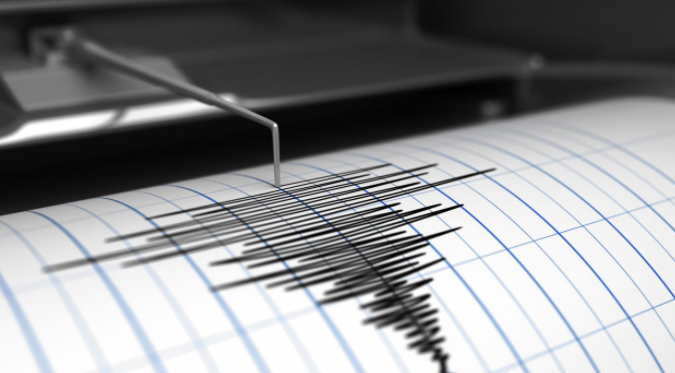Minor Earthquake Registered In California: The Reminder It Serves To Californians
A seismometer/seismograph is used to record quake activity
February 23, 2021
On January 28, 2021, a minor earthquake was registered in the state of California. Volcano Discovery, a website which tracks volcanic and quake activity, labeled the small earthquake of 2.9 magnitude “at 1.3 km depth.”
Despite being a minor tremor with no negative consequences registered, this report served as a reminder of an existing threat some people have forgotten: the state of California is home to earthquakes.
History of California Earthquakes
California is a state prone to a lot of tectonic plate activity due to the infamous San Andrea’s fault. The Geology Page stated the length of this fault to be 1,200 km. This fault is divided into three segments, stretching from the the area of the city of Hollister extending into the Salton Sea, though it extends to a few portions of the neighboring country of Mexico.
The San Andreas fault has been involved in two major earthquakes in Californian history. These two were the 1906 San Francisco Earthquake and the 1989 Loma Prieta Earthquake, the latter affecting the entire Bay Area. Both had extensive amounts of damage and a handful of deaths.
California’s San Andreas fault would not tear California into two, as many people believe. This is because the tectonic plates composing the fault are known as Transform Plates. These types of plates do not separate nor crash into each other, but rather slide past one another. This means that, should a major earthquake strike, California would not have half gone into the sea, but rather an altered terrain and location change.
The Silent Threat
Although what has made local, state and national headlines are the political tensions being experienced between the USA and other countries, as well as within this nation itself, it must not be forgotten that our state has a silent threat: Earthquakes. Earthquakes are not detected nor felt until the shaking begins. This makes it extremely difficult to be able to predict when and where they will strike.
Some students shared their views on the fact they live in soil prone to tremors. Agustin Perez (11) expressed the following, “I don’t worry about earthquakes, although they very much are a thing especially in our area.”
Other fellow students made similar statements. One shared, “I’m pretty sure as a citizen, I do worry about them happening, but me and my family have been preparing for these since I was in kindergarten. In other words, I feel confident me and my family will be safe.”
Despite tectonic activity being low, it is important to be prepared for when the unexpected occurs. Experts have encouraged people to prepare emergency supplies to rely on should an earthquake strike. If inside, a person must duck under something sturdy to shield from anything that falls. If outside, one should avoid getting close to tall structures and all machinery and vehicles operating must be turned off.


